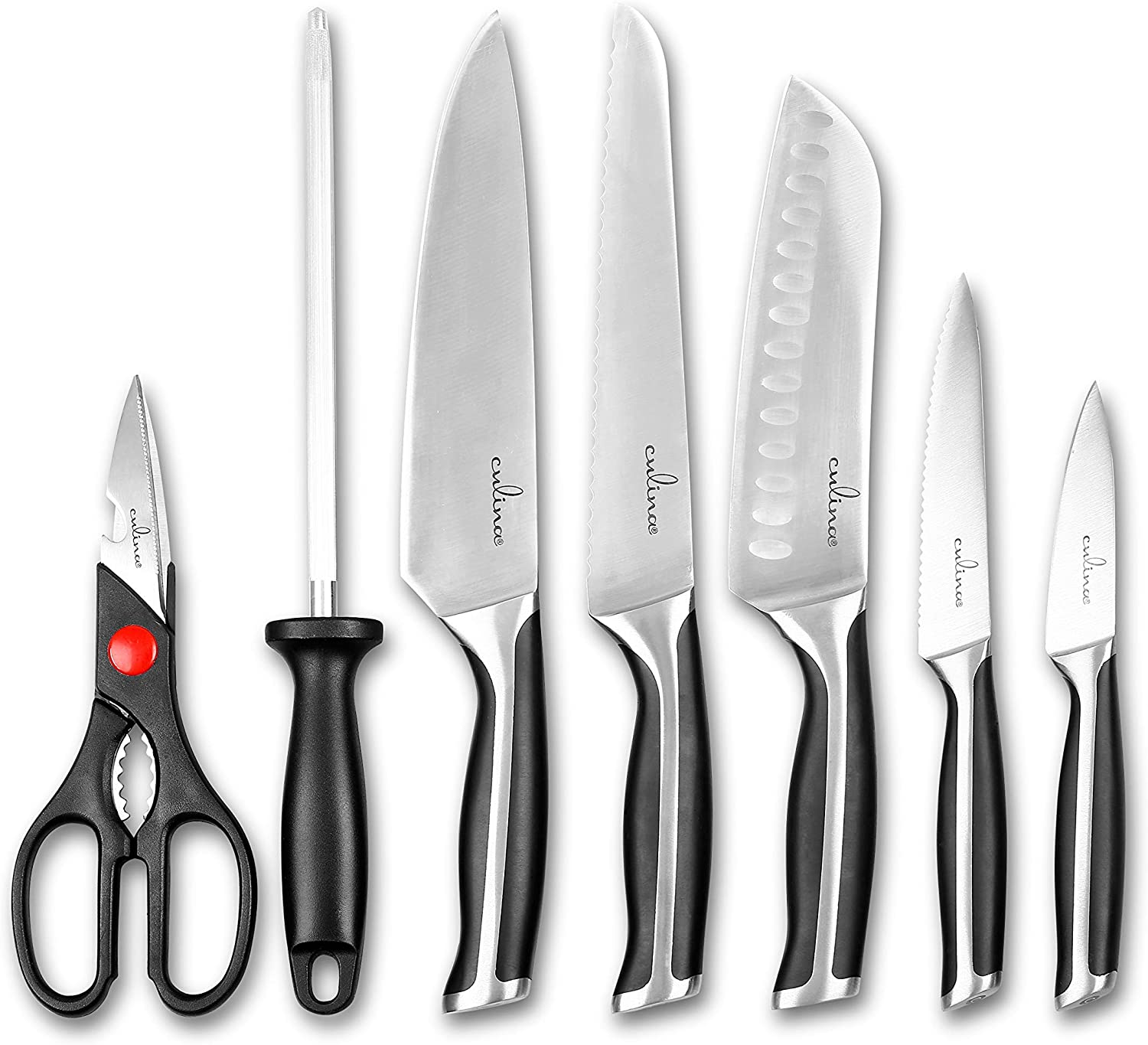If you’re a chicken lover, chances are you have wondered about the best way to ensure your meat is perfectly cooked. A meat thermometer can be your best friend in the kitchen. This incredible tool takes the guesswork out of cooking meat, guaranteeing a safe and delicious meal every time.

Understanding the Basics of a Meat Thermometer
What Exactly is a Meat Thermometer?
A meat thermometer is a device used to measure the internal temperature of meat. It’s a simple yet essential tool to ensure that meat is cooked to a safe temperature, preventing foodborne illnesses.
Why Chicken Lovers Should Use a Meat Thermometer
Chicken, in particular, needs to be cooked to an internal temperature of at least 165F to be safe to eat. Using a meat thermometer helps avoid undercooking or overcooking, ensuring juicy and tender chicken every time.
:max_bytes(150000):strip_icc()/ses-meat-thermometers-test-temp-spike-rkilgore-17-c32b7edc988045f69c7d11bb2d8080d5.jpeg)
Types of Meat Thermometers
Dial Thermometers
Dial thermometers are the traditional type. They have a simple dial display and are inserted into the meat to read its temperature.
Digital Thermometers
Digital thermometers provide quick and accurate readings with a digital display. They are more user-friendly and often preferred for their ease of use.
Instant-Read Thermometers
These thermometers provide a temperature reading within seconds and are ideal for quick checks during the cooking process.

How to Use a Meat Thermometer for Chicken
Step-by-Step Guide
Using a meat thermometer is simple. Just follow these steps:
1. Insert the thermometer into the thickest part of the chicken without touching the bone.
2. Wait for the thermometer to stabilize.
3. Check the temperature. For chicken, it should read 165F.
Common Mistakes to Avoid
Avoid inserting the thermometer too close to bone or fat, as this can give inaccurate readings. Make sure to measure the thickest part of the breast or thigh.
Benefits of Using a Meat Thermometer
Ensuring Safety
Properly cooked chicken is safe to eat. A meat thermometer helps you avoid undercooked meat, reducing the risk of foodborne illnesses.
Achieving Perfect Texture
A meat thermometer ensures that your chicken is cooked to perfection, preventing it from becoming too dry or tough.
Saving Time and Stress
With a meat thermometer, you don’t need to cut the meat to check if it’s done. It saves time and keeps your chicken looking perfect.
Choosing the Right Meat Thermometer
Considering the Features
Look for features like quick reading times, easy-to-read displays, and durability when choosing a meat thermometer.
Price vs. Quality
Investing in a high-quality meat thermometer can make a significant difference in your cooking experience. While they may be more expensive, the benefits often outweigh the costs.
Maintaining Your Meat Thermometer
Cleaning Tips
Always clean your meat thermometer after each use with warm, soapy water. Avoid immersing it fully in water to prevent damage.
Storing Properly
Store your meat thermometer in a safe place to avoid damage. Keeping it in its original box or a dedicated kitchen drawer ensures it stays in good working condition.
Real-Life Applications
Using a Meat Thermometer for Different Recipes
A meat thermometer isn’t just for chicken. Use it for other meats like beef, pork, and fish to achieve perfect results.
Improving Your Cooking Skills
With a meat thermometer, you’ll become more confident in your cooking, leading to better-tasting meals every time.
Expert Tips and Tricks
Trusting the Temperature
Always trust the reading on your thermometer. If the meat hasn’t reached the desired temperature, continue cooking until it does.
Calibrating Your Meat Thermometer
Regularly calibrate your thermometer to ensure accuracy. Follow the manufacturer’s instructions for the best results.
FAQs
1. What should I do if my thermometer gives inconsistent readings?
Inconsistent readings can result from improper insertion or a malfunctioning device. Double-check the insertion point and consider recalibrating or replacing your thermometer if inconsistencies persist.
2. Can I use a meat thermometer for other types of food?
Yes, a meat thermometer can be used for other food types, such as casseroles or bread, but it’s primarily designed for meat to check internal temperatures.
3. How do I know if my meat thermometer is accurate?
Test your thermometer in boiling water. It should read approximately 212F (100C). If not, you may need to adjust or replace it.
As an Amazon Associate, I earn from qualifying purchases.









